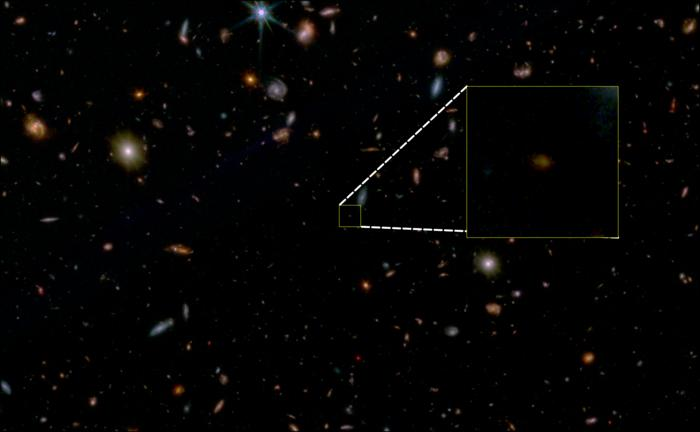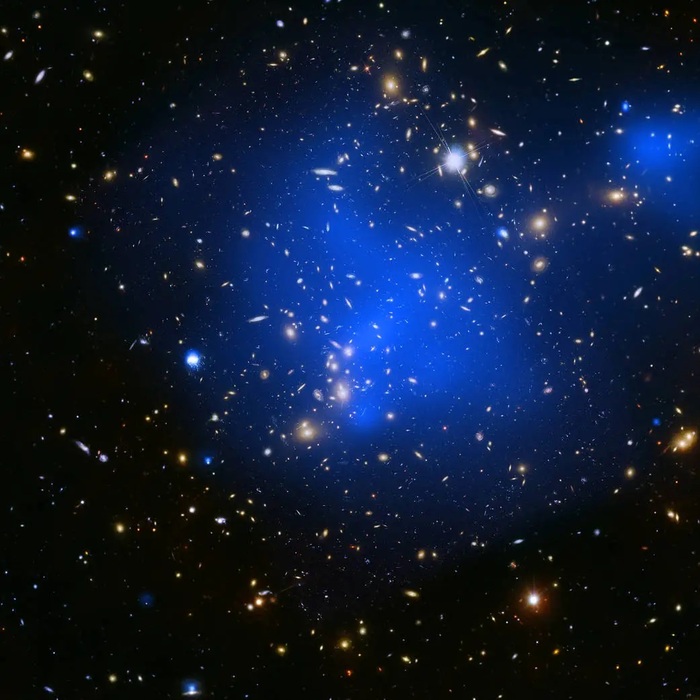Experts have combined data from two telescopes to create the most detailed radio image of the Milky Way to date.
The remains of 21 starbursts have come to light, the team reports in a post on the Nature news site and in The Conversation.
A publication in a specialist journal is still pending.
The recording is the start of a multi-year series of measurements that should bring many more secrets of the universe to light.
Together with colleagues, doctoral student Brianna Ball from the University of Alberta in Canada used the power of the Australian Square Kilometer Array Pathfinder (ASKAP) and the Parkes Observatory for the image.
Both facilities for detecting radio waves are in Australia, the ASKAP with its 36 antennas in the west, the Parkes Observatory with a single dish in the state of New South Wales in the south-east of the country.
The aim was to make supernova remnants visible in the night sky.
These are clouds of gas and dust left over when supermassive stars perish in violent explosions.
The clouds can exist for thousands of years, and new stars, planets or even life can emerge from the elements they contain.
Hidden in space
Such remnants are numerous in the Milky Way, but according to models five times more than previously known.
"We know how many we should be seeing, and we're seeing a lot less than that," Ball said, according to the Nature report.
The problem: Some of the radio waves that emanate from the objects and that make them recognizable in the first place are too weak for telescopes - unless the systems are combined, as has now been shown.
A section of the newly calculated image, published by the Italian Istituto Nazionale di Astrofisica (INAF), among others, shows five of the 21 discovered supernova remnants.
A gas and dust cloud resembling a figure eight can be seen at the upper left.
The colors indicate different temperature ranges, violet stands for the coldest regions, from blue to red to white it gets hotter and hotter.
The image was taken along the so-called Norma Arm, a spiral arm near the galactic center of the Milky Way.
Dust and fog obscure large parts of the visible light here.
The image should also help experts gain new insights into the nature of stars that explode as supernovae.
In the coming years, the ASKAP radio telescope system will scan the entire sky of the southern hemisphere.
There is a high probability that she will find more supernova remnants.
jme








